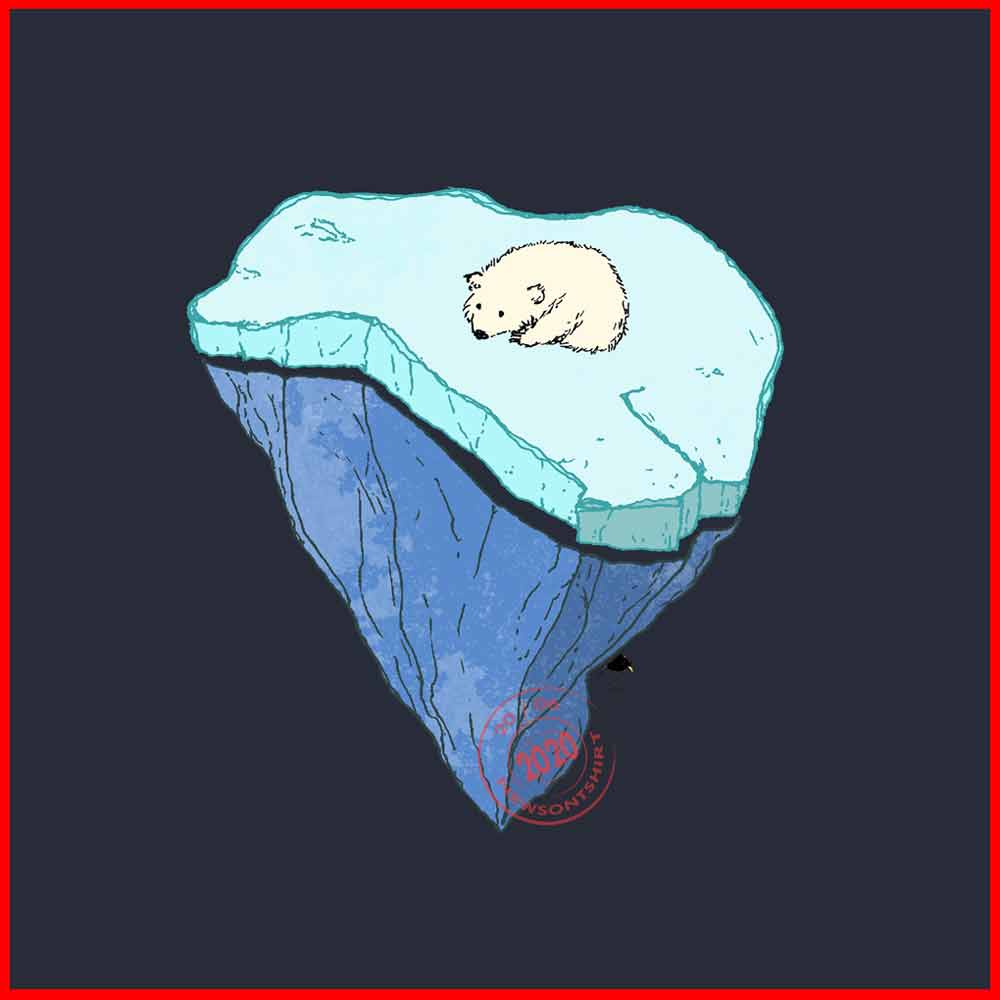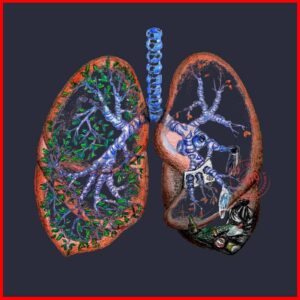Description
Causes and Effects of Global Warming in 2024
What is Global Warming?
Global warming refers to the long-term rise in global average temperatures on Earth due to an increase in greenhouse gases like carbon dioxide (CO2) and methane in the atmosphere. These greenhouse gases absorb heat radiating from the Earth’s surface and cause the planet to become warmer over time.
The term “global warming” first came into common use in the 1970s when scientists observed that average temperatures were steadily rising. Since the late 19th century, the Earth’s average surface temperature has increased by about 1.18 degrees Fahrenheit (0.8 degrees Celsius). However, two-thirds of this warming has occurred since 1975, at a rate of roughly 0.15-0.20°C per decade.
There is overwhelming scientific consensus that global warming is occurring and is largely caused by human activities. The Intergovernmental Panel on Climate Change (IPCC), compiling research from thousands of scientists, has repeatedly stated that human-induced greenhouse gas emissions are responsible for over half the observed temperature increase since the mid-20th century. Their most recent report in 2021 stated that human influence has warmed the climate at a rate unprecedented for at least the last 2,000 years.
Some key signs that point to the planet warming include:
- Rising ocean and land temperatures recorded by weather stations worldwide
- Decreasing snow cover and ice extent in the Arctic, Antarctic and glaciers
- Sea levels increasing at a rate of 3.6 mm per year due to melting ice sheets
- More frequent extreme heat events and fewer cold temperature extremes
- Changes in precipitation patterns and increased humidity
- Ocean acidification from absorbed CO2
Understanding the causes and impacts of global warming is vital, as the continued rise in global temperatures will have far-reaching effects on the environment, wildlife and human society.
What Causes Global Warming?
Global warming is primarily caused by increased concentrations of greenhouse gases in the atmosphere, which trap heat radiating from Earth’s surface that would otherwise escape into space. The main greenhouse gases contributing to warming are:
- Carbon dioxide (CO2): Emitted through the burning of fossil fuels like coal, oil and natural gas. CO2 levels today are over 400 parts per million, higher than at any point in at least the last 800,000 years.
- Methane: Released through livestock farming, rice cultivation, fracking, melting permafrost and other natural sources. Methane is 80 times more potent than CO2 in its first 20 years in the atmosphere.
- Nitrous oxide: Produced by natural ecosystems, fertilisers and fossil fuel combustion. It is 300 times more potent than CO2.
- Chlorofluorocarbons (CFCs): Previously used as refrigerants and aerosol propellants, now banned under the Montreal Protocol.
- Water vapor: The most abundant greenhouse gas, it amplifies warming created by increased levels of other gases.
Human activities that generate large amounts of these greenhouse gases are the primary drivers of global warming:
- Burning of fossil fuels: Coal, oil and natural gas for electricity, heat and transportation
- Industrial processes: Such as cement and chemical production
- Deforestation: Cutting down forests reduces CO2 absorption by trees
- Agriculture: Methane from livestock, nitrous oxide from fertilisers
Natural causes can also contribute to climate change but are not the main factors:
- Solar irradiance changes
- Volcanic eruptions
- Release of methane from permafrost and sediments
- Ocean-atmosphere cycles like El Niño
However, these natural factors cannot explain the current warming trend. Human greenhouse gas emissions have tipped the scales and are the dominant cause of rising global temperatures.
Effects of Global Warming
The impacts of global warming are far-reaching and disproportionately affect the world’s poorest countries. Some of the major effects observed so far and projected for the future include:
Environmental Effects
- Melting glaciers and polar ice sheets: This leads to rising sea levels, threatening coastal regions and islands. Major ice sheets like Greenland and Antarctica are losing hundreds of billions of tons of ice per year.
- Extreme weather events: Heatwaves, floods, droughts and storms are becoming more intense and frequent due to climate change.
- Habitat destruction: Many species cannot adapt quickly enough to changing conditions, threatening extinction. 20-30% of species assessed are likely at increasing risk of extinction.
- Wildfires: Hotter temperatures and changes in rainfall patterns increase the risk of wildfires spreading, burning longer and impacting more areas.
- Ocean acidification: Increased CO2 absorption makes oceans more acidic, damaging marine ecosystems.
Social Effects
- Sea level rise: Coastal flooding impacts communities, infrastructure, agriculture and freshwater supplies, especially island nations and deltas like Bangladesh.
- Health impacts: Heat stress, changing disease vectors, air pollution and contamination after extreme weather events cause deaths, injuries and mental health issues.
- Food and water security: Changes in rainfall patterns threaten crop yields and fresh water access for millions, especially in Africa.
- Climate migration: Millions are expected to be displaced by shoreline erosion, coastal flooding, drought, and other climate impacts in coming decades.
- Violent conflict: Climate change is considered a “threat multiplier” that can exacerbate political instability and conflict when resources become scarce.
The wide-ranging impacts make global warming one of the greatest challenges facing humanity this century. Immediate action is required to mitigate greenhouse gas emissions and adapt to the changing climate, even as effects increasingly manifest.
Mitigating Global Warming
To avoid the worst consequences of climate change, significant reductions in greenhouse gases are needed to limit global warming to 1.5°C or 2°C above pre-industrial levels, as targeted by the Paris Agreement. This involves rapidly transitioning away from fossil fuels and drastically cutting emissions across industries, transportation, buildings, agriculture and electricity generation. Some key mitigation strategies include:
Transition to Renewable Energy
- Increasing renewable electricity from solar, wind, geothermal, hydroelectric and other clean sources to replace coal and natural gas. Costs of renewables have fallen rapidly.
- Expanding the use of clean energy options for transportation including electric vehicles, biofuels, and hydrogen fuel cells.
- Using renewable heat sources like solar thermal, geothermal and wood pellet boilers rather than oil and natural gas for heating buildings.
Increase Energy Efficiency
- Improving efficiency of buildings through insulation, lighting, heating, appliances to reduce energy consumption.
- Increasing fuel economy standards for vehicles and shifting to mass transit to cut transportation emissions.
- Upgrading industrial processes, equipment and distribution networks to be more energy efficient.
Reforestation and Afforestation
- Planting new forest areas and rehabilitating degraded forests to absorb and store more carbon as trees grow.
- Implementing sustainable forestry practices to preserve existing forests.
- Protecting carbon-dense ecosystems like peatlands and mangroves.
Carbon Capture and Storage
- Developing technologies to capture CO2 from power plants and industrial sources, then store it underground or use it in manufacturing.
- Enhancing natural carbon sinks by restoring soil health, sequestering carbon in biomaterials like wood, and direct air capture methods.
Successfully staying below 2°C warming will require coordinated international action, significant investment, policy innovation and changes across economic sectors and society. But the benefits of avoiding catastrophic climate impacts far outweigh the costs of action.
Addressing Global Warming
Tackling global warming will require both top-down government policies and bottom-up action from individuals and communities. Here are some ways these groups can contribute:
Government Policies
- Implementing carbon pricing through carbon taxes or cap-and-trade systems to incentivise emissions reductions.
- Setting energy efficiency standards for buildings and appliances and fuel economy standards for vehicles.
- Investing heavily in renewable energy infrastructure, grid modernisation, and clean transportation.
- Ending subsidies for fossil fuels and increasing subsidies for clean energy technologies.
- Supporting climate adaptation through infrastructure upgrades, disaster preparedness and natural ecosystem restoration.
- Passing legislation to regulate emissions and protect carbon sinks like forests.
Individual Action
- Reducing home energy use by installing insulation, energy efficient appliances, turning off lights and taking public transit.
- Choosing clean power through renewable energy credits and advocating for clean energy policies.
- Adopting a more plant-based diet and reducing food waste to lower agricultural emissions.
- Offsetting carbon footprint by purchasing carbon credits supporting reforestation or renewable energy.
- Speaking up as citizens to demand bolder climate action from government and business leaders.
- Voting for candidates who make climate change a top priority and have feasible plans to address it.
With coordinated efforts at all levels of society, the worst impacts of global warming can be avoided. But action must be taken immediately to alter humanity’s emissions trajectory and build climate resilience.
Outlook for Global Warming in 2024
Addressing global warming has made significant progress over the last decade, but much more drastic action is still required.
Some positive developments include:
- Renewable energy expansion, with solar and wind now cheaper than fossil fuels in most areas.
- Increased climate activism and pressure on governments from citizens, especially youth movements.
- Major economies like China and the EU pledging carbon neutrality by mid-century.
- New technologies like electric vehicles, lab-grown meat and advanced batteries gaining traction.
However, major challenges remain:
- Global greenhouse gas emissions are still rising, when deep cuts are needed.
- Extreme weather events are becoming more frequent and severe as warming continues.
- Most countries are not on track to meet pledges made under the Paris Agreement.
- Climate policies and action lack ambition commensurate with the scale of the crisis.
- Technologies like carbon capture have yet to reach sufficient scale.
While promising solutions exist, the world is running out of time to deploy them and avoid catastrophic climate change impacts. 2024 is a critical year to implement bold policies, drive rapid systemic changes, and hold leaders accountable to science-based targets. With sustained public pressure and visionary leadership, the worst outcomes can still be averted. But action must drastically accelerate to secure a livable climate for current and future generations.
What happens in the Arctic Ocean
In recent decades, though, sea ice in the Arctic Ocean has been melting faster than it re-freezes in winter. Reports state that greenhouse gas forcing is predominantly responsible for the decline in Arctic sea ice extent.
As climate change melts sea ice, studies project that two-thirds of polar bears will disappear by 2050.
In Alaska, the effects of sea ice shrinkage have contributed to higher mortality rates in polar bear cubs, and have led to changes in the denning locations of pregnant females.
Polar Bears at risk of Extinction
The key danger posed by climate change is malnutrition or starvation due to habitat loss. Polar bears hunt seals from a platform of sea ice. Rising temperatures cause the sea ice to melt earlier in the year, driving the bears to shore before they have built sufficient fat reserves to survive the period of scarce food in the late summer and early fall. Reduction in sea-ice cover also forces bears to swim longer distances, which further depletes their energy stores and occasionally leads to drowning. Besides Insufficient nourishment leads to lower reproductive rates in adult females and lower survival rates in cubs and juvenile bears, in addition to poorer body condition in bears of all ages.
Because of this, the polar bear is classified as a vulnerable species.
Conclusion
In conclusion, global warming poses one of the most urgent threats facing humanity today. The unambiguous warming trend, with temperatures rising around 1°C above pre-industrial levels so far, is unequivocally caused by increased greenhouse gas emissions from human activities. The impacts are already widespread – from melting glaciers and extreme weather to species extinction and climate migration. Without deep and rapid reductions in emissions across all sectors, global warming will continue accelerating into dangerous territory.
Limiting climate change will require transitioning energy systems to renewable sources, vastly improving efficiency everywhere, protecting carbon sinks, and developing new technologies like carbon removal. Government policies are crucial to incentivise these economy-wide changes. But individual actions also add up to make a big difference. With unprecedented cooperation and commitment from all of society, the worst climate catastrophes can still be averted. Though the challenge is daunting, the solutions are within reach if the world acts decisively now to become a zero carbon society. The future health and prosperity of humanity and the living planet depend on our success.
Spread awareness with a Global Warming T-Shirt
As the planet continues rapidly warming from human-caused climate change, public awareness and action to address this crisis become imperative. An impactful way to spark conversation and convey the urgency of reducing greenhouse gas emissions is by wearing a global warming t-shirt.
A t-shirt allows you to make a bold statement and raise awareness about global warming wherever you go. Featuring a compelling design or slogan, a global warming t-shirt serves as a walking billboard to get people thinking about climate solutions. Wearing it shows your commitment and inspires others to take action as well.
When people ask you about your global warming t-shirt, see it as a chance to educate them on this critical issue.
Stand out from the crowd and be a voice for the planet with an eye-catching global warming t-shirt today!
Below are some links related to the Global Warming T-Shirt news:
- Wiki – Climate change in the Arctic
- Scienze – Temperatura record di 38° C al Circolo Polare Artico
- BBC – Arctic Circle sees ‘highest-ever’ recorded temperatures
- Nasa – Arctic Sea Ice Minimum Extent
- Wiki – Arctic sea ice decline
- Climate.gov – Climate Change: Arctic sea ice summer minimum
- Climate.gov – 2012 State of the Climate: Arctic Sea Ice
- Climate.gov – Climate Change: Global Temperature
- NASA : Graphic: The relentless rise of carbon dioxide
- Carbonbrief : Analysis: Which countries are historically responsible for climate change?
We hope you like our project!



























Mary –
I love this shop. Absolutely beautiful design and execution. Super vendor.